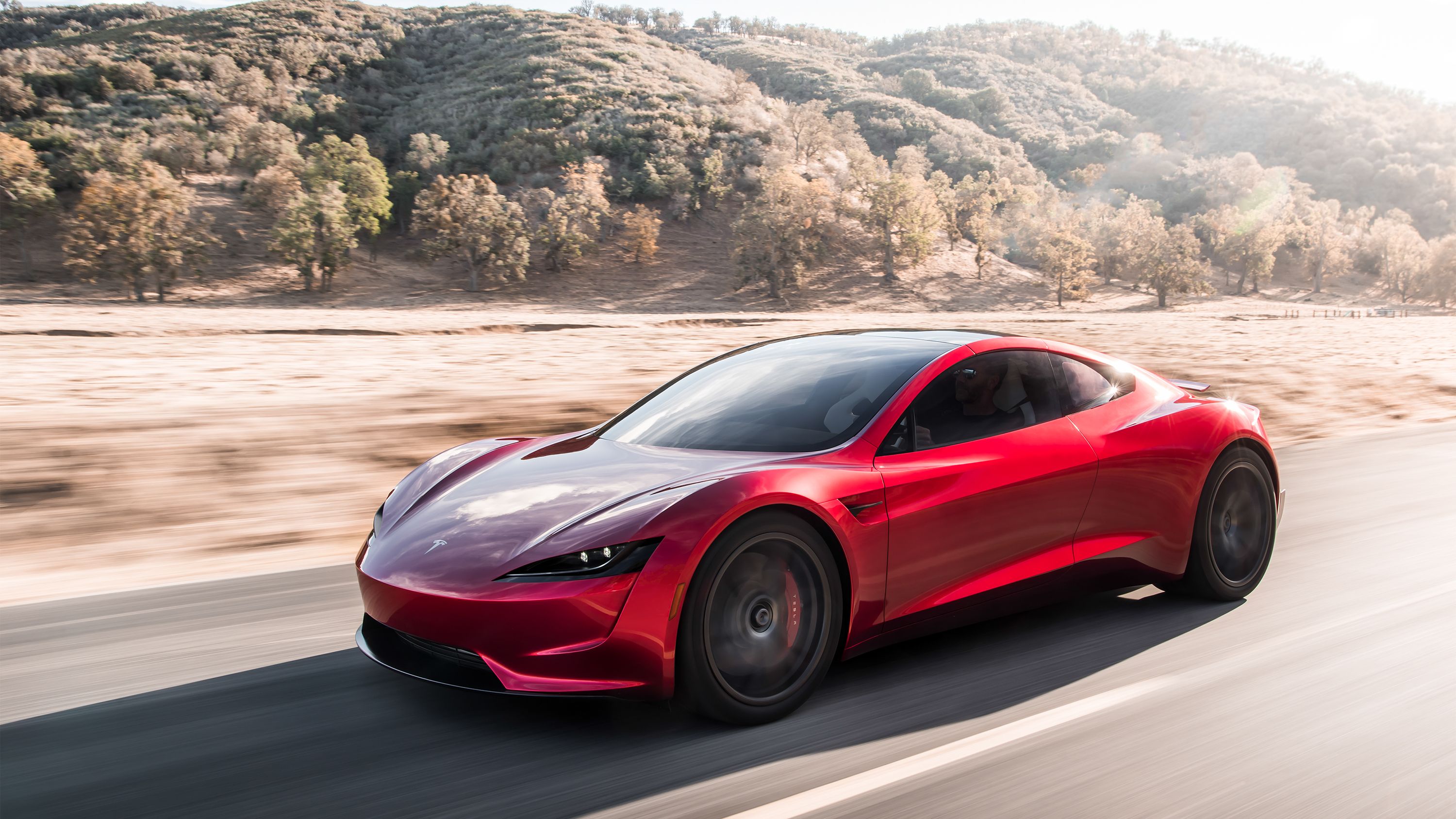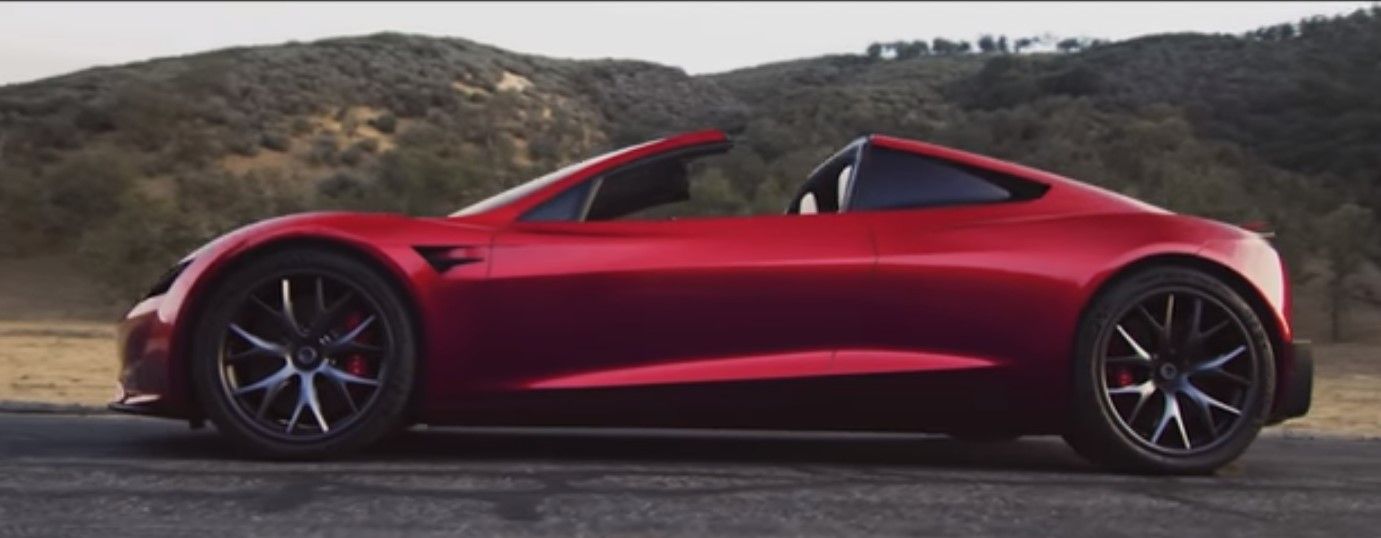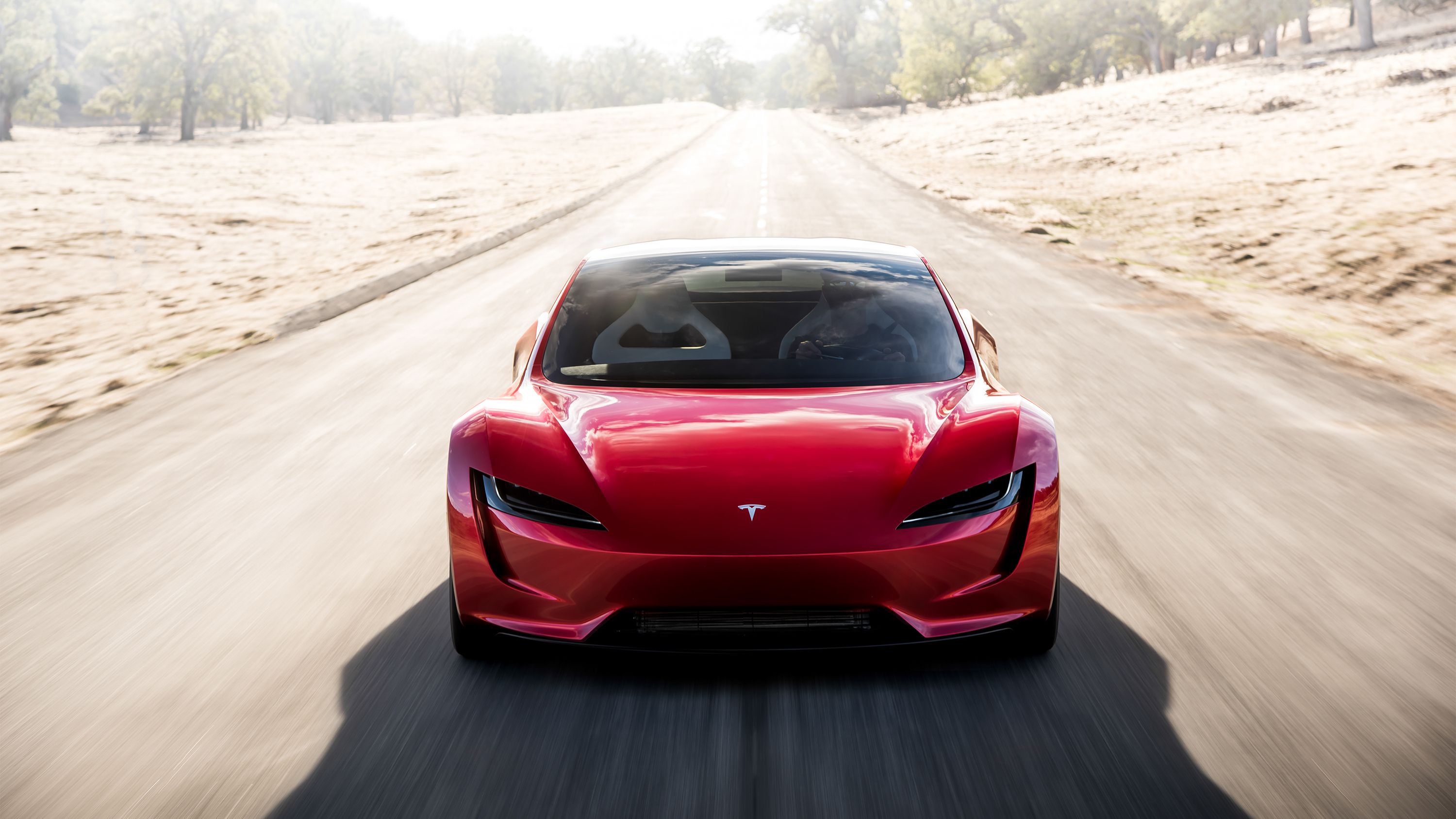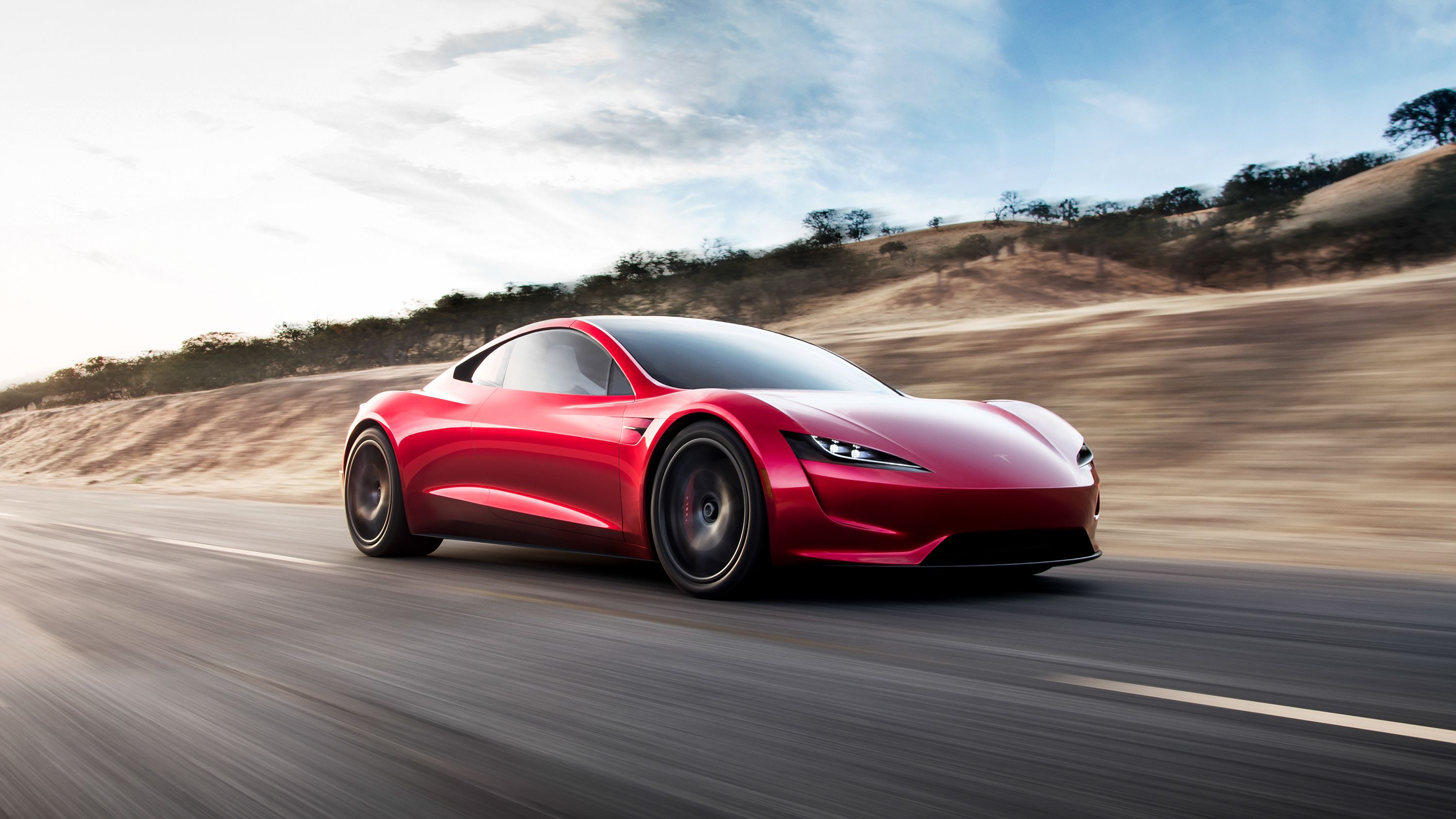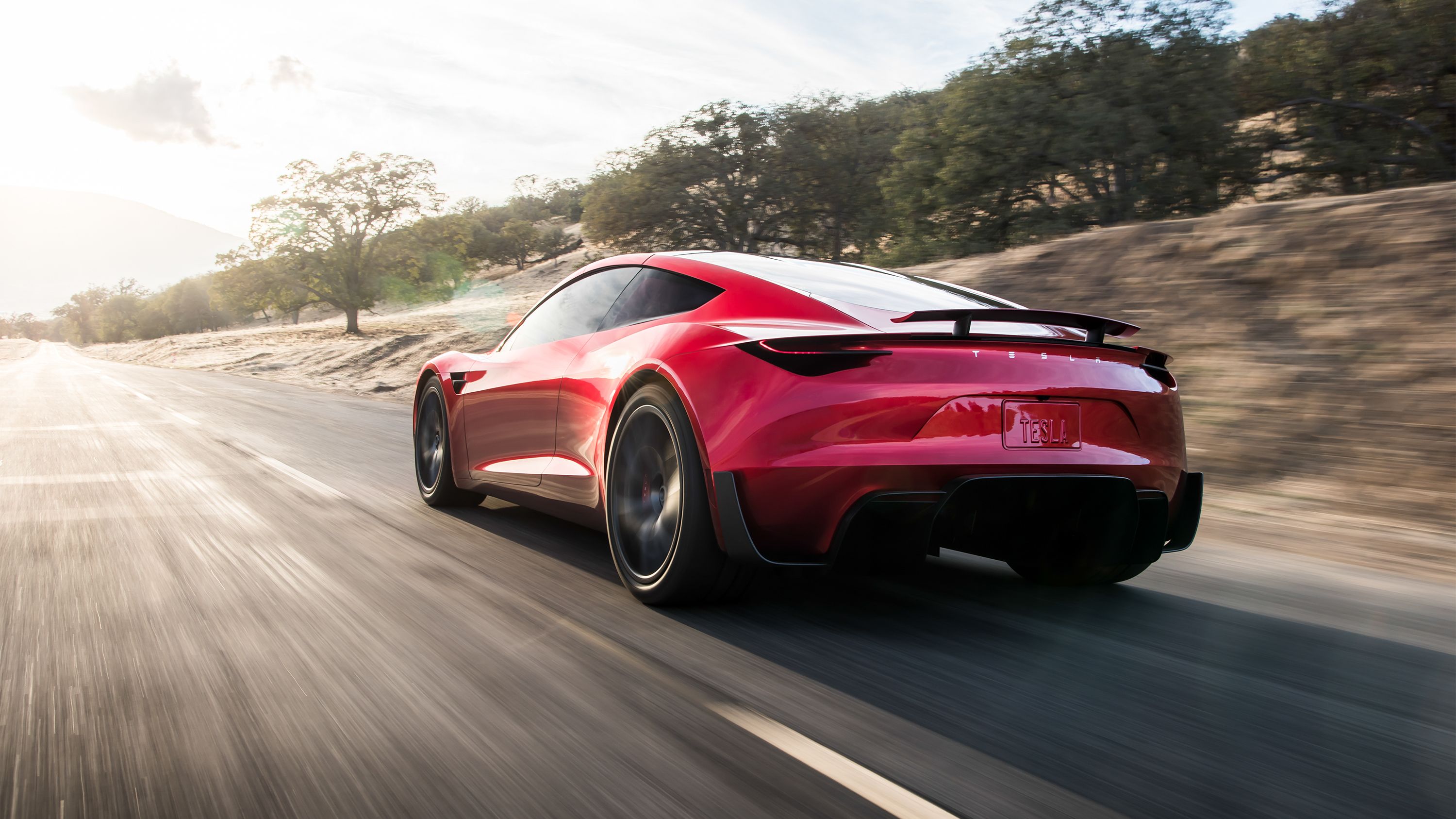Elon Musk has made another bold claim regarding the Tesla Roadster’s optional SpaceX package. If the package’s “cold-air thrusters” aren’t ambitious enough, Musk indicated that these thrusters would allow the Roadster to fly. At first, he qualified the term “fly” as the ability to hover or make hops over stretched distances. Now, he’s saying that the Roadster can actually do something akin to the hovering DeLorean from Back to the Future. Perhaps it's best to assume that Musk is being a little cheeky with this latest boast, but for what it’s worth, he’s also followed through on past claims that were deemed ridiculous at the time. Is this a case of Musk finally biting off more than he can chew, or is he up to something yet again? Either way, the idea of a flying Tesla Roadster is so absurd that it’s actually awesome. Here’s to hoping that there’s more to Tesla’s SpaceX package than what we’ve been let on.
I’m an optimist by nature, a glass-half-full kind of guy who sees hope and possibilities when others see doom and gloom. I’m the type of person who believes that, even if history says otherwise, we will one day see flying cars. It’s just a matter of when that’s going to be. History, after all, is meant to be rewritten. That’s how the world works. That’s how it will continue to work.
I understand the skepticism, though. It’s one thing to develop a cold-air system for spaceflight — something SpaceX has done — it’s another thing to develop a system that works, not in the vacuum of space as its initial intention, but in the dense atmosphere of this planet. As forward-thinking as Musk and his engineers are, it is hard to imagine that the technology that SpaceX has can work in a different environment with a few tweaks here and a few adjustments there.
But there is a proper distinction on what our expectations are of a flying car as opposed to what Musk thinks the Roadster can eventually do. For most of us, a flying car is a flying car. It can lift off the ground and take us to long-distance destinations like what a plane can do. This is important because Musk didn’t exactly say that the Roadster will be able to do the same thing. His position is based on the premise that, with a more sophisticated version of the SpaceX’s cold-air propulsion system, the Roadster could leave the ground and stay off the ground for some time.
Increased costs and countless hours of engineering notwithstanding, is that impossible? I’m no rocket scientist, nor will I ever be one, so I can’t answer that question with full certainty.
I wouldn’t it put it past Musk and his engineers to create a system that can work. He has a track record of proving people wrong, and as I have mentioned in the past, it’s hard to bet against this man when you know what he’s capable of.
A lot of people who are a lot smarter than me have posited on how Tesla can pull this off. Wired contributor Rhett Allain believes that, after a few calculations that flew (pun completely intended) over my head, a properly designed system of air thrusters could theoretically lift the Tesla Roadster off the ground for a sustained period. “It doesn’t matter if you use some type of jet engine or a rotor, the physics is mostly the same,” Allain said, referring to how helicopters and vertical take-off and landing (VTOL) planes can fly. “To hover, the flying car will take air from above the car and ‘throw’ it down. Since air has mass, a change in velocity of this air would mean it has a change in momentum.”
Diving further into the physics element of the issue, Allain adds: “Momentum is the product of mass and velocity. According to the momentum principle, this change in momentum requires a force and it is this force that counteracts the gravitational force to make the car fly.”
For Tesla to generate the volume of air it needs to lift the Roadster’s weight off the ground, it would need the equivalent of a huge fan to do it. But doing so would create space and weight issues. Another option, according to Allain, would be to use smaller rotors with lower mass air that moves at a faster speed. To illustrate this example, Allain assumes that the Roadster weighs as much as the Tesla Model 3. Fair assumption, I suppose. The second one is the size of the fan, specifically its diameter. Allan arrives at one with a diameter of 20 inches and an area of 0.81 square meters. Using a formula that looks about as alien to me as Egyptian hieroglyphics, Allain arrives at two important figures: an airspeed of 190 meters per second and total energy of 1.7 megawatts.
I’m not going to put it past Tesla to develop a system that can work. We’re at a point where technological advancements are happening at such a rapid pace that yesterday’s breakthrough will be tomorrow’s outdated tech. Ok, so there’s a lot of hyperbole in that, but the point is, even if you are skeptical that Tesla can make the Roadster fly, or even hover, for an extended time, there are enough ways, methods, and egos involved for the company to actually make something like it work, even if it doesn’t work on a bigger and far more grandiose scale.
See, I think it’s possible. I think with the proper studies, tests, resources, and know-how, Tesla can build a car that can hover or fly for a set time. Having said that, I also know that just because I think it’s possible, that doesn’t mean I think it’s going to have any significant impact on the Roadster beyond acting as a novelty feature for those who are rich enough to afford it. Ultimately, that’s what I think this will boil down to.
But as far as the tech being scalable for mass production? That’s where I draw the line. As much as I want to see it happen, there are far too many items to work out — noise, maintenance, safety, regulations — before we can even cross that bridge.
Further reading
Elon Musk Will Hide the Tesla Roadster's Rocket Booster in an Odd but Innovative Place
Read our full review on the 2020 Tesla Roadster.
Falcon Heavy Launch Sends Tesla Roadster And Starman Into The Great Beyond, But Now What?

